
Here are different Variations of Indian National Flag from Time to Time
The Indian National Flag signifies the Pride of our Nation and is regarded as one of the most honourable national symbols. Every year we celebrate “Independence Day” on August 15 by hoisting the tri-colored Indian National Flag. We all know that, our Indian National Flag was designed by Pingali Venkayya, an Indian Freedom fighter. Our Indian Flag is not only a resemblance of nation’s pride, but also symbolizes a free country.
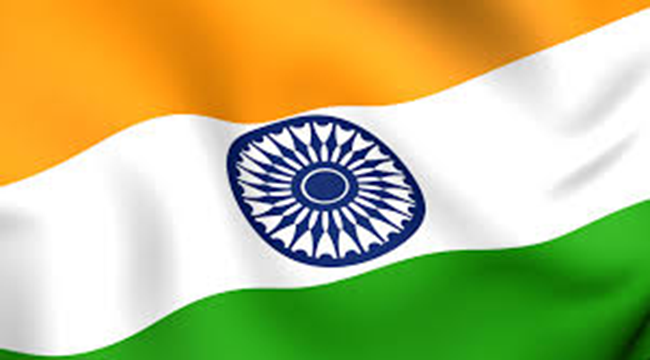
The current national flag that we hoist on every Independence Day and Republic Day is a Tricolour flag with Ashoka Chakra embossed at the centre representing eternal wheel of law. The Indian national flag is prevalently known as Tiranga which means “three colours”. The Indian flag was initially adopted on July 24, 1947 in the rouse of India’s independence from the British as a symbol of patriotism and freedom.
Variations of Indian National Flag from Time to Time
The present Indian National Flag consists of three equal strips of saffron, white and green. There is a great history behind our honourable Indian flag which starts from the year 1907. Various Changes have been made to our National flag since its initial inception. The evolution of the Indian National Flag navigated through many variations to reach at what it is today. Here are the variations of our Indian National Flag from time to time:
1906 – First Indian National Flag
The first Indian National flag (unofficial) was hoisted on August 7, 1906, in the Parsee Bagan Square (Green Park) in Calcutta which is now called Kolkata. The flag was composed of three horizontal strips of green, yellow and red. The yellow strip had ‘Vande Mataram’ written in Devnagiri script.

Watch: ‘The Tiranga’ Gives Tribute To Indian National Flag
1907 – Indian Nationalists Flag (Version 1)
This flag was designed by three persons namely Madam Bhikaji Cama, Vinayak Damodar Savarkar (Veer Savarkar) and Shyamji Krishna Varma. The flag was unfurled at Stuttgrat, Germany by Madam Cama on 22 August 1907 and acquired the status of the first Indian flag hoisted on the foreign land. From then, the flag was referred as ‘Berlin Committee flag’. The flag composed of three horizontal strips of saffron, yellow and green wherein the green strip has a symbol of sun and crescent moon with a star on the top.
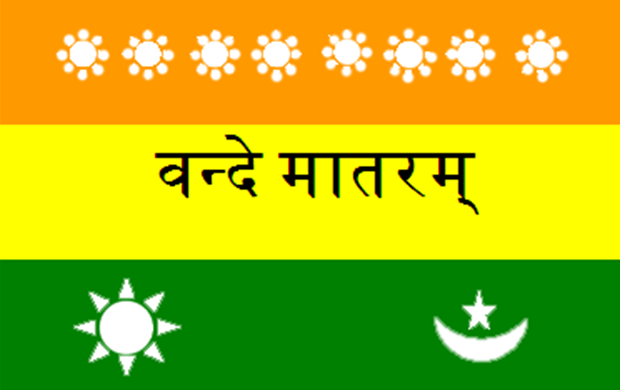
1907 – Indian Nationalists Flag (Version 2)
This was the other version for Indian Nationalists flag comprised of three equal strips of blue (top), yellow (middle) and red (lower). On the blue strip, it has eight stars and on the bottom red strip, there are two symbols resembling sun and moon.
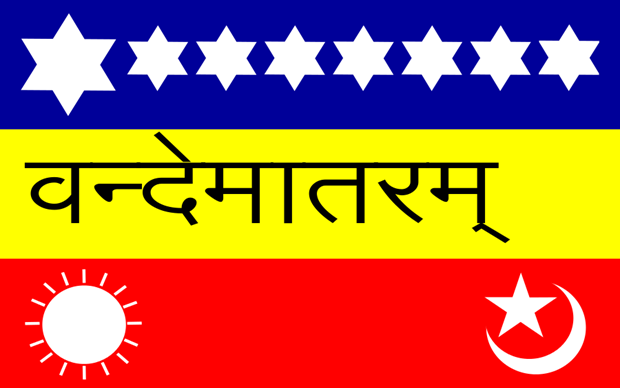
Indian Flag Images, Wallpapers for Facebook, WhatsApp Profile Pic Independence Day 2015
1917 – Indian Flag during Home Rule Movement
The new Indian Flag was adopted during the Home Rule Movement formed by Bal Gangadhar Tilak in the year 1917. On the left-corner of the flag, there is a union jack near the hoist. The flag comprises of three colors red, green and white in which there are horizontal strips of red and green. The flag consists of seven stars symbolizing in the shape of ‘Saptarishi’ pattern regarded as sacred for Hindus. This flag did not gain much fame among the proletariat.
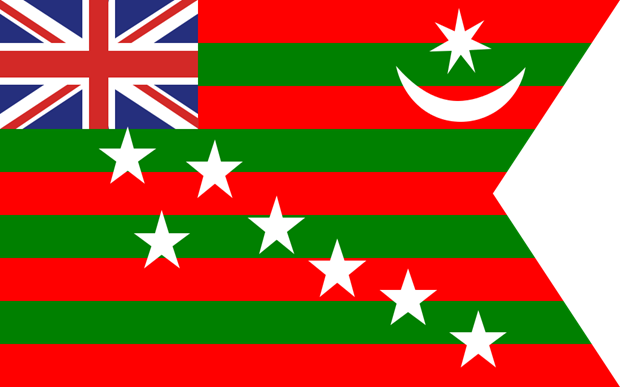
1921 – Mahatma Gandhi Introduced Flag at Indian National Congress Meeting
Mahatma Gandhi, Father of our Nation wished to have all the communities of India to be represented in the flag of the nation. This flag is comprised of three colors white, green and red. White represented minority communities of India, green was for the Muslims and the red was for both Hindu and Sikh communities. A blue color ‘Charkha’ across all the bands represents the unification of these communities. This flag was widely used as symbol of Nationality in India’s freedom struggle.
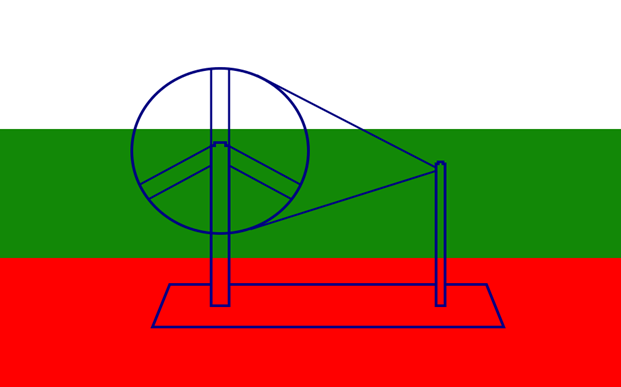
1931 – Swaraj Flag
The year 1931 was a landmark in the history of Indian flag as a resolution was passed adopting a tricolor flag as our Indian National Flag. This was designed by Pingali Venkayya and it was was hoisted at the meeting of Indian Congress Committee. This flag was used till 1947 which was comprised of three colors similar to our current flag. Mahatma Gandhi’s spinning wheel is present at the center of the flag.

1947 – Tricolor National Flag of India
After India got independence, Rajendra Prasad, the first President of India headed a committee to discuss about the National Flag of India and finally decided to adopt the flag of Indian National Congress, with certain modifications, as the national flag of India.
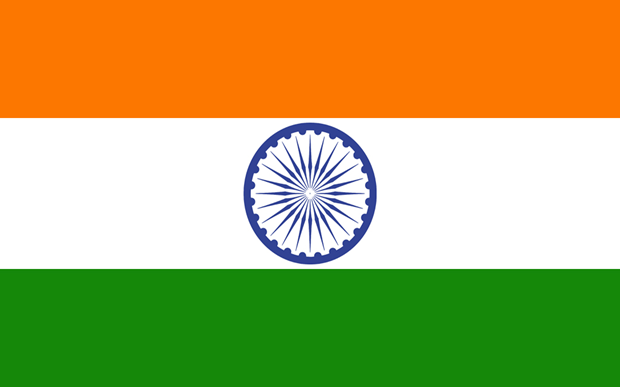
Saffron – Represents Courage and Selflessness
White – Represents Honesty, Purity and Peace
Green – Represents Faith, Prosperity and Fertility
Ashoka Chakra – Symbolizes Wheel of Dharma
Finally, the 1931 Swaraj flag was adopted as Indian Flag by replacing the Charkha with a Chakra (Wheel). This is how our Indian National flag came into being. This is the great history of National Flag of India.
Happy Independence Day..!